Gardening is regarded as one of the best activities to do if you want to ease your stress or just generally live a more organic life. For the most part, it doesn't get better than gardening. However, many people have tried to walk this road only to end up with wilted plants, zero produce, and more work than they can handle. We don’t want you to add to their numbers, so we have made this article with the beginner gardeners in mind If you apply the knowledge that’s to follow you’ll find that life as an amateur gardener will be quite the boatload of fun.
Pick out the location for your garden
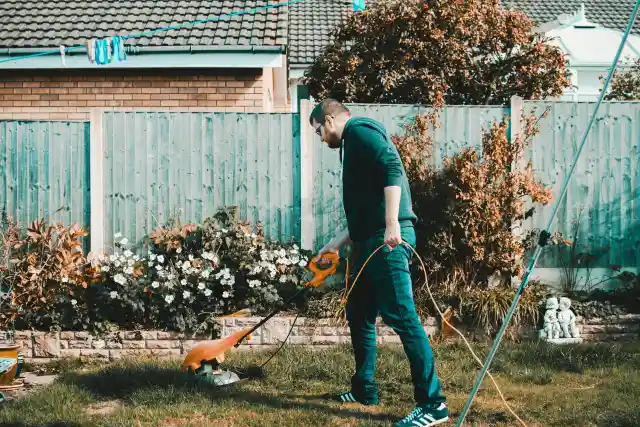
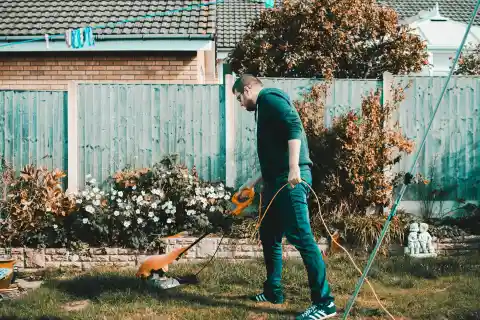
Location, location, and location. This singular fact might be one of the decisive factors when it comes to your success or failure. So once you’ve made up your mind to garden,
Find a suitable spot that is based on certain considerations like how much sunshine the area gets (for maximum success try to get a place that gets direct sunshine for at least 6–8 hours), and think about how the soil drains (if you’ve seen big puddles pooling, this is not the area for a garden). By considering these factors, you’ll find yourself on a great path to a long journey.
Still on this subject of location, please locate your garden space at a place that won’t allow you to forget about it. The last thing you want is to forget that you have a garden and have everything wilt away, we don’t want that. If your garden is in a place you see every day, however, you are inspired to cultivate it even more so that it keeps becoming better and better. We know you won’t let it be an eyesore this way.
Get Plenty Of Sunlight


We already touched on this on that last point, but it bears reminding as it’s very important. Most of the crops you'll have in your garden are likely to need plenty of sunshine so if you have crops in mind, then keep that fact in mind. If you’re going down the route of vegetables, however, you’re safe as they don’t require much sunlight. Greens like lettuce, spinach, and herbs do well in shadier, cooler areas. If all this is making you unhappy because your residence does not quite offer you a nice place then consider something like taking down a dead tree that’s shading an area or pruning a living one for more access to the sun or if there’s a wall next to your spot, you could also try painting it white to reflect sunlight. These small changes might make all the difference for you.
Prepare the ground for planting
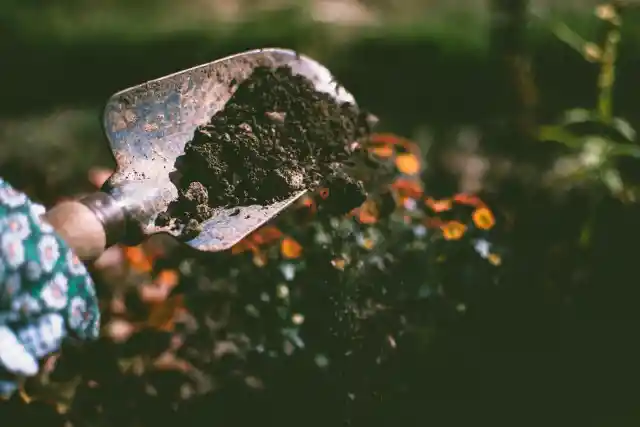
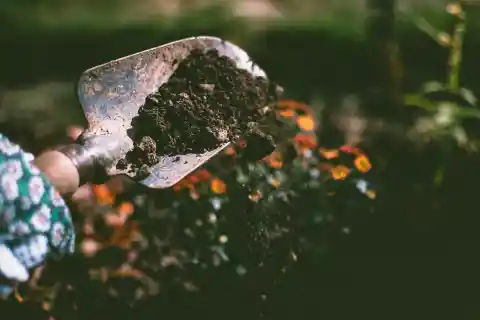
With the location and the sun issue out of the way then now it’s time to make sure that the soil is primed and ready for planting. Firstly, start by removing weeds and debris from the area to clear the land and make it flat, or rather as flat as you can. In a perfect situation, the best thing would be to follow this clearing by taking the soil for a sample test. This is a very critical step as soil testing also provides information about the soil’s health. For example, learning the pH and nutrient levels of your soil will key you into what amendments need to be added to the soil—such as fertilizers or organic matter. That will ensure that your plants start off in the perfect environment with as much a boost as you can give them. Outside of these positive factors, testing might also let you know if the soil is poisoned. Trust us, this is more common than you think and if neglected, you’ll be eating poisonous food and that will result in more complications for you and your family. Whilst we’re still on that soil topic, consider the quality of your soil. Is it sandy or clay soil? Does it hold water well? The magic fix if your soil is unfavorable, is compost or manure. That organic matter will make a world of difference.
Consider Having Raised Beds
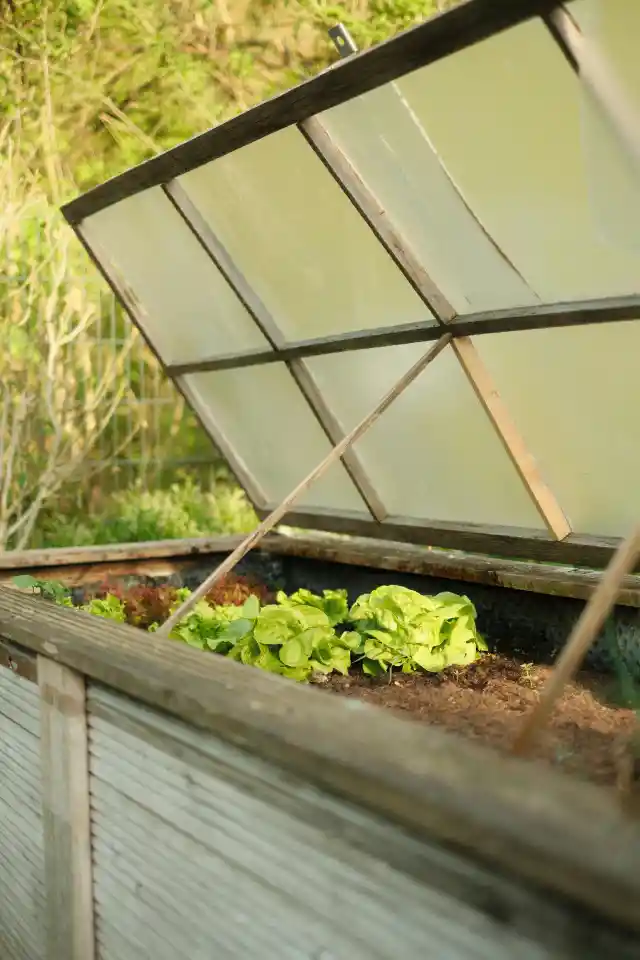
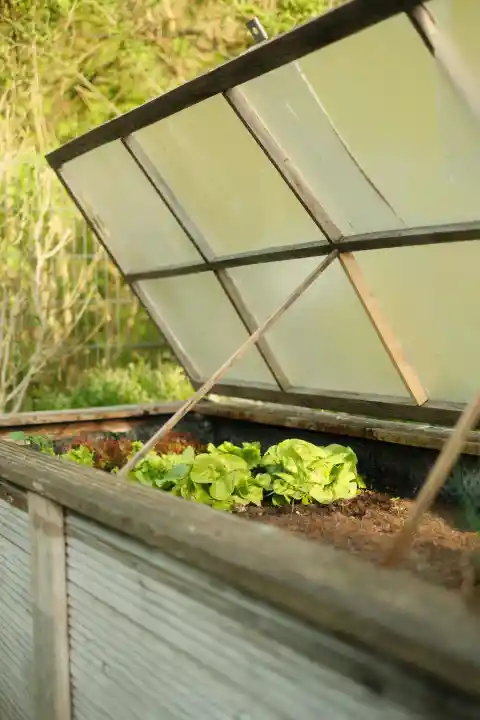
Depending on the layout of the garden space that you have, you might want to consider having a raised garden bed. A raised garden bed makes it easier to garden anywhere as you can create your own little safe haven space, down to the soil. You see if you find lead or other contaminants, your soil isn’t good, and if you do want to grow in a contained space, raised beds may be a good option. In fact, it’s your best option. To add to the mix, they’re also excellent for ergonomic gardening and can be built at the height of a wheelchair or around other mobility accommodations. That means a raised garden can be customized to suit your physical needs and otherwise. Now, as to the size of your raised bed, you can also customize this aspect to suit your needs as well. Just be sure to make it narrow enough so that you are able to reach the middle of the beds easily. That is a key component or else you’ll create your own problem like so many people have before.
Decide On What To Plant
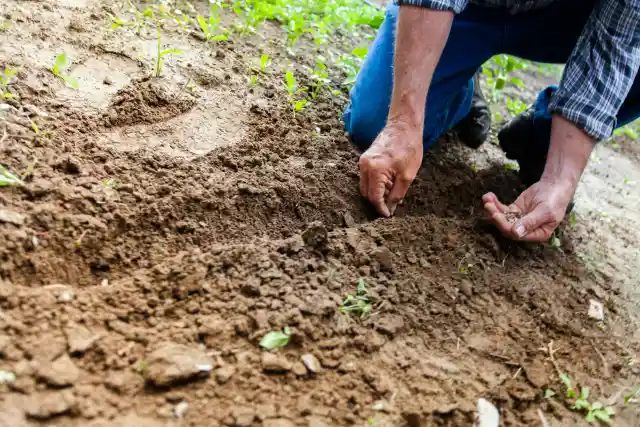
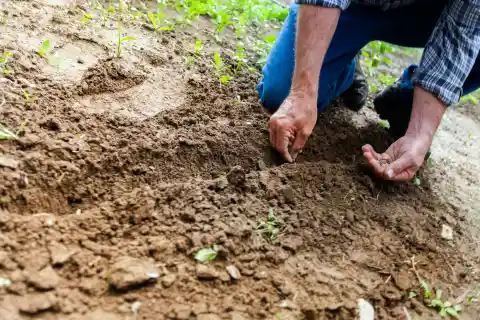
With everything set up, then now it’s time to plant the desired crops. The primary thing to remember is that plant what you eat, not what is fashionable. Grow practical crops and veggies that would be useful in your home. That’s how you can have an organic meal plan and enjoy the fruits of your labor.